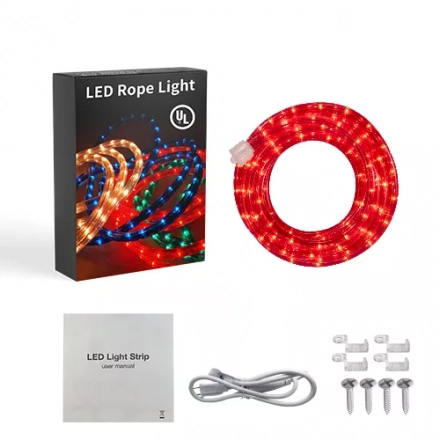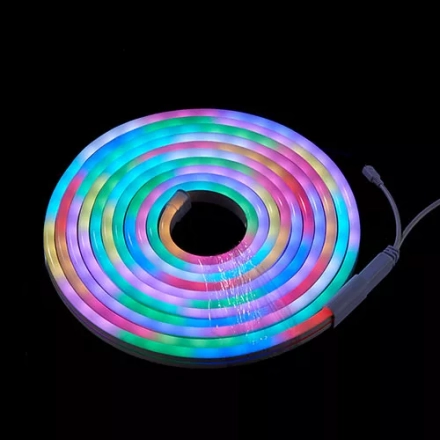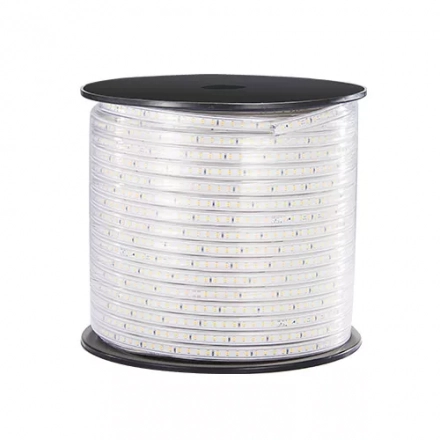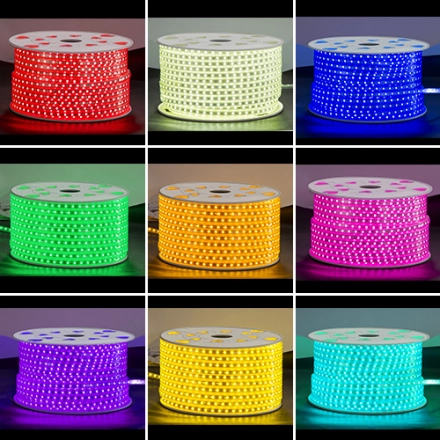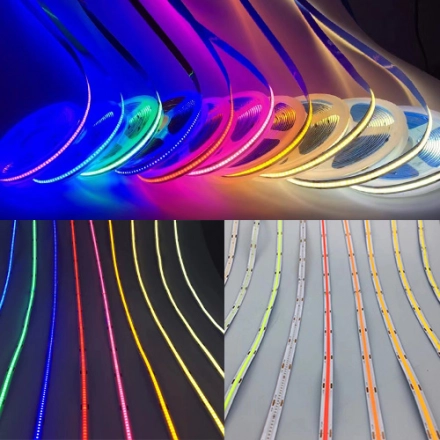Objective Analysis of the Potential of LED Strip Light in Aerospace and Aircraft: Cabin Lighting, Cargo Bay Lighting, or Runway Lights
LED strip lights have gained significant popularity in various industries, owing to their energy efficiency, versatility, and ease of installation. In the aerospace and aircraft sector, where safety, reliability, and efficiency are of utmost importance, exploring the potential of LED strip lights for cabin lighting, cargo bay lighting, or runway lights becomes crucial. This article aims to objectively analyze the possibilities and benefits of implementing LED strip lights in these specific applications.
Cabin Lighting:
LED strip lights offer numerous advantages for cabin lighting in aircraft. Their compact size and flexibility allow for easy installation in confined spaces. LED technology provides a wide range of color options, enabling airlines to create various lighting atmospheres that enhance passenger experience, such as relaxation, sleep, or productivity. Additionally, LEDs have a longer lifespan compared to traditional lighting sources, reducing maintenance costs and frequency of replacements. Moreover, LED strip lights consume less energy, contributing to fuel efficiency and environmental sustainability.
Cargo Bay Lighting:
Efficient lighting in cargo bays is crucial for ensuring safe handling and transportation of goods. LED strip lights offer uniform illumination throughout the cargo area, minimizing shadows and enhancing visibility. The durability of LED technology makes it ideal for rugged environments, with resistance to shock and vibration. Furthermore, LEDs do not emit harmful UV rays, preventing potential damage to sensitive cargo. The low heat emission of LEDs also reduces the risk of fire hazards, improving overall safety.
Runway Lights:
LED strip lights have the potential to revolutionize runway lighting systems. The high intensity and directional illumination capabilities of LEDs improve visibility for pilots during takeoff, landing, and taxiing. LEDs can be easily programmed to produce different colors, aiding in signaling various conditions such as runway status or emergency situations. Compared to traditional lighting systems, LED strip lights offer energy efficiency and longer operational lifetimes, resulting in reduced maintenance and operational costs for airports.

